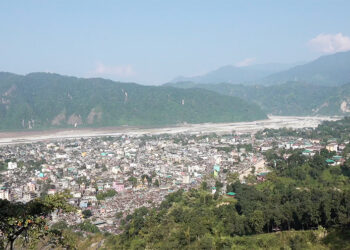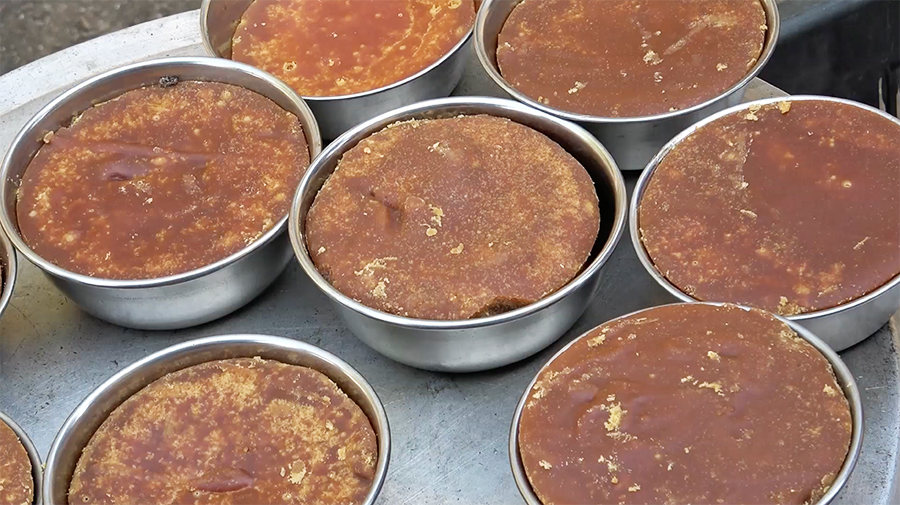 After losing their orange orchards to citrus greening, farmers of Gagaling-Nimazor chiwog in Tsirang have found a new source of livelihood. The farmers there now produce jaggery for commercial purposes by growing sugarcane on a large scale.
After losing their orange orchards to citrus greening, farmers of Gagaling-Nimazor chiwog in Tsirang have found a new source of livelihood. The farmers there now produce jaggery for commercial purposes by growing sugarcane on a large scale.
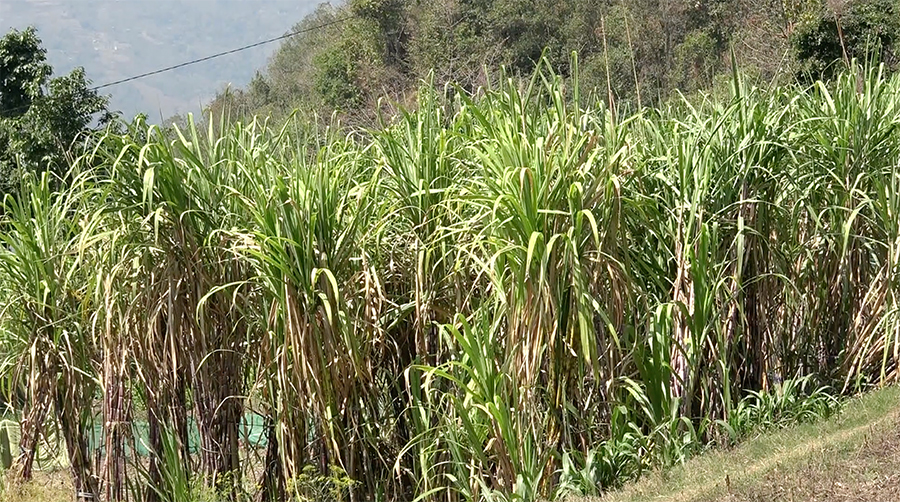 Tsirang’s Gagaling-Nimazor chiwog was once renowned for being one of the largest producers of orange. However, like other orange growers across the country, farmers in the chiwog lost their orange orchards to citrus greening and eventually began growing sugarcane to sustain.
Tsirang’s Gagaling-Nimazor chiwog was once renowned for being one of the largest producers of orange. However, like other orange growers across the country, farmers in the chiwog lost their orange orchards to citrus greening and eventually began growing sugarcane to sustain.
Changlo, from Paro, resettled in the chiwog. He started growing sugarcane after realizing that his neighbours are making a decent income from jaggery production.
This is his second year producing jaggery.
The process begins with harvesting sugarcane and removing dirt.
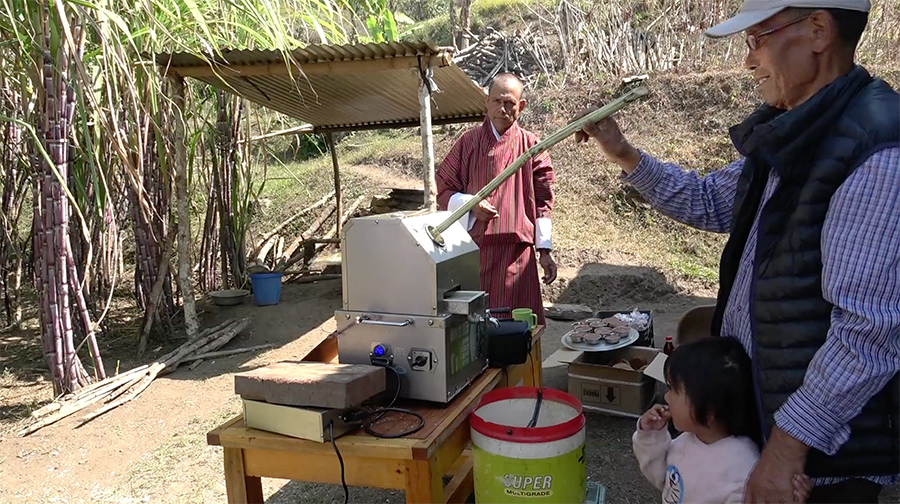 He then squeezes the cleaned stalks using his recently procured electric sugarcane extraction machine. The extracted juice is boiled until it turns into a rich brown, chocolate-like colour. The juice is poured into lightly oiled steel cups and left to cool for around fifteen minutes. The final product is jaggery, locally known as Gunccha Guram.
He then squeezes the cleaned stalks using his recently procured electric sugarcane extraction machine. The extracted juice is boiled until it turns into a rich brown, chocolate-like colour. The juice is poured into lightly oiled steel cups and left to cool for around fifteen minutes. The final product is jaggery, locally known as Gunccha Guram.
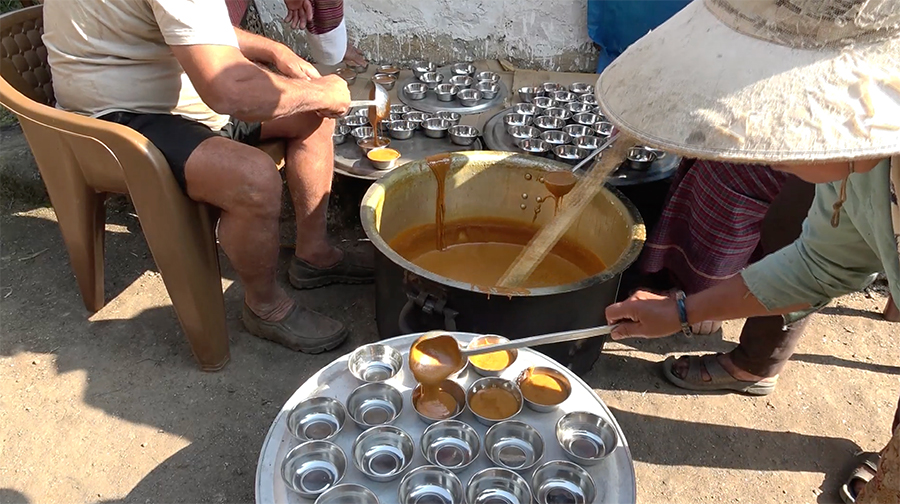 Changlo says jaggery from his community is naturally made without mixing any imported ingredients.
Changlo says jaggery from his community is naturally made without mixing any imported ingredients.
“Unlike other farm works, sugarcane cultivation is much easier. The plants last for at least ten years, so we don’t have to replant them annually. This work is doable for an elderly like me. The only effort required is extracting the juice and making jaggery. We set the price at Nu 500 per kilogramme but often end up to sell it at Nu 450 per kilogramme.”
Like Changlo, around 20 other farmers in the chiwog grow sugarcane on a large-scale for jaggery production after their orange trees started drying up over a decade ago. They believe that jaggery has rich medicinal values and used to be affordable only by wealthy families for consumption in the past.
Kharka Bdr. Chhetri, a sugarcane grower said “In the past, orange farming and growing crops provided us with a bountiful harvest. But now, the orange trees have completely dried up and other crops struggle to grow due to limited irrigation water. We believe consuming jaggery has health benefits such as curing gastritis and detoxifies the stomach if consumed in the morning and evening.”
However, jaggery producers face challenges in expanding their market beyond the district. They say the lack of proper packaging, labeling, and branding has affected its marketing.
Til Br. Chhetri, a sugarcane grower said “Jaggery began as a profitable business initially and we started producing more. However, sales have decreased now. Proper packaging facilities would help maintain quality and attract more buyers. Currently, we rely on leaves and cardboard boxes as we lack other packaging materials.”
Likewise, Nar Bdr. Dahal said “We would be grateful if the Gewog Agriculture Extension Office and Gup could assist us in packaging and labeling. When customers know that jaggery is a product of Nimazor in Tsirang, it would help improve market for our produce.”
Meanwhile, Rangthangling Gup, in a telephone interview, told BBS that as of now, there is no plan to assist farmers with packaging and labeling. The Gup, however, said efforts are underway to provide electric sugarcane extraction machines on a cost-sharing basis from next year. The Gup also added that there are also plans to improve irrigation facilities and introduce modern sugarcane farming techniques to boost production in the community.
Pema Tshewang, Tsirang
Edited by Phub Gyem









